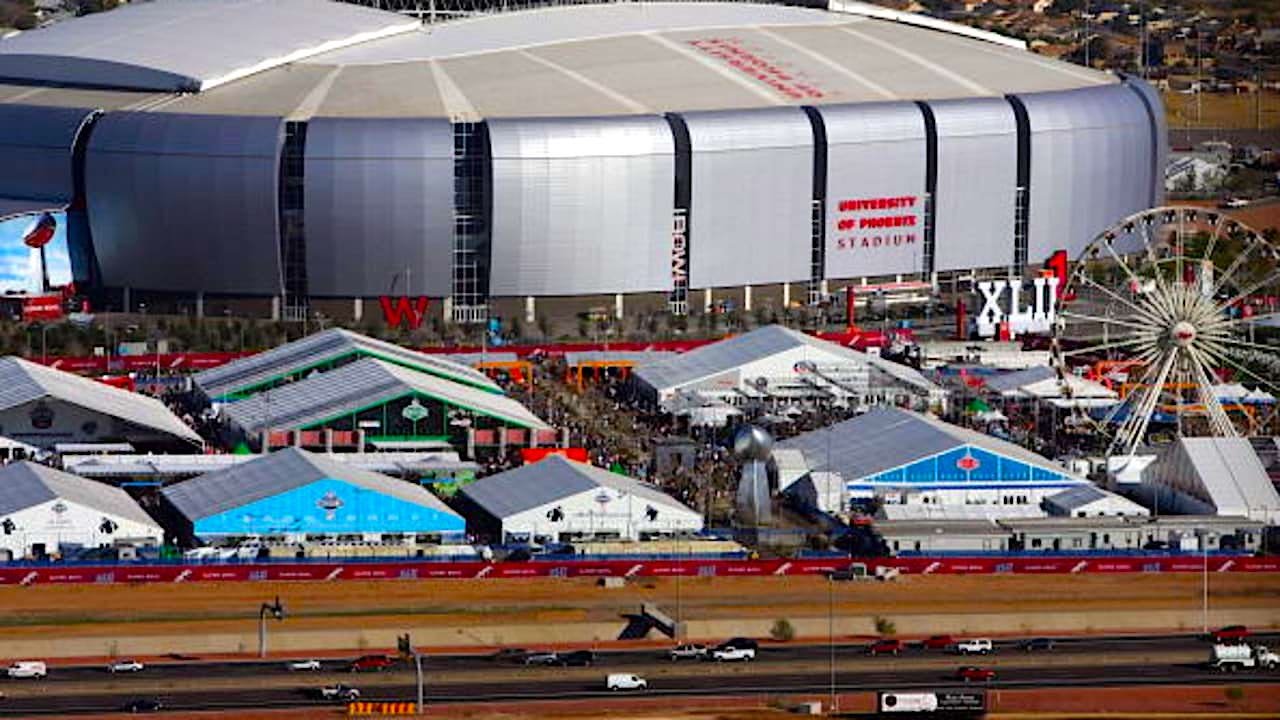90-Day Countdown: Why big game is 'Super' for Arizona
Arizona prepares to host the Super Bowl LVII on Feb. 12, 2023 – just 90 days from now – at State Farm Stadium in Glendale, the West Valley city's third Super Bowl. The internationally televised sporting spectacle represents a special opportunity for economic development.
Phoenix Business Journal
The allure of host hosting the most iconic sporting event in the United States – the NFL Super Bowl – no doubt includes the economic benefits and exposure of being on an international stage.
Sure, there are the immediate, tangible gains of throngs of tourists spending at area hotels, restaurants, shopping, air and rental car taxes, but the benefits extend far beyond cash register receipts and bed taxes and includes an opportunity to market the region and potentially bring new businesses and industries to our area.
As Arizona prepares to host the Super Bowl LVII on Feb. 12, 2023, at State Farm Stadium in Glendale — the West Valley city's third Super Bowl — an even bigger influx of visitors is expected this time around, as well as a significant economic output for the region.
“We do this because, at the end of the day, we know there is a tremendous benefit to the region,” Glendale City Manager Kevin Phelps says “The stronger the region is, the stronger the city of Glendale is going to be."
Arizona has hosted the Super Bowl multiple times because of its weather, hospitality and tourism industry and a fan-friendly stadium that was built nearly two decades ago.
The previous Super Bowl in Arizona in 2015 generated about $720 million for the state’s economy, lured more than 120,000 visitors and had more than 114 million viewers, the record for the most watched TV broadcast in the nation, according to an Arizona State University study and NBC.
Arizona officials say next year’s game could produce as much or more impact than 2015, and economic experts say the state should expect to see $450 million to $600 million in gross output, which does not include dollars spent by local residents or businesses. The Pro Bowl is also not being held in Arizona in 2023 like it was in 2015 alongside the Super Bowl. MORE

